You can make legumes much more comfortable for your gut with one simple step.
The health benefits of regularly eating legumes are well known, but if beans don’t seem to love you (or your digestive system), there’s a good chance you’ve pushed them out of your diet. It is possible to enjoy legumes again—without the gas and bloating—and with more nutritional benefits.
What Are Legumes?
Cultivated worldwide, legume refers to the members of the botanical family called Leguminosae, which develop seeds inside pods. There are many kinds of legumes, but some of the most commonly consumed include fresh peas and beans, peanuts, broad beans, and soybeans (also known as edamame). You may not have heard of pulses before, but they are legume plants' edible, dry seeds. Commonly consumed pulses include chickpeas, dried beans, split peas, and lentils. Despite the technical distinction, both legumes and pulses are frequently referred to simply as legumes.
Both legumes and pulses pack a punch nutritionally. As a group, they are nutrient-dense and provide a good source of fiber and protein and an array of vitamins and minerals. Legumes are low on the Glycemic Index (GI), meaning the carbohydrates they contain will have a smaller impact on your blood sugar level than foods with a higher GI value.
Why Legumes Cause Digestive Issues
There’s nothing “magical” about it—legumes are infamous for causing gas, and their fiber and oligosaccharides are to blame. Oligosaccharides are a type of carbohydrate, part of a group of food components known by the acronym FODMAP, which stands for fermentable oligosaccharides, disaccharides, monosaccharides, and polyols. Most people can tolerate modest amounts of oligosaccharides, even though they aren’t well-digested. But for people with irritable bowel syndrome (IBS), the gas produced by oligosaccharide fermentation in the colon can cause pain, bloating, and altered bowel habits.
Reintroducing Legumes to Your Diet
Green beans already get a green light on a Low FODMAP diet (once you’re past the initial phase), but did you know that you can also include different types of beans and pulses if you follow a few important tips? For example, Monash suggests keeping portions small (¼ cup) and rinsing and straining canned legumes. If you want to cook your own legumes from scratch, it’s easy to do. Plus, it’s easy on your budget since dried beans, peas, and lentils are inexpensive and widely available. Here’s the secret to helping reduce their digestive downside: soaking.
The Benefits of Soaking Legumes
If you’ve never cooked dried beans, peas, or lentils before, the idea of soaking may be new to you. However, humans have soaked these foods since ancient times. Soaking legumes and pulses before cooking provides several advantages.
- Soaking reduces the cooking time for legumes by allowing them to rehydrate before cooking.
- A long, slow soak allows some of the legume oligosaccharides to leach into the water. Culinary directions for soaking beans generally include both a long and short soak method. The long soak is what you want if you want to remove the oligosaccharides, and that means 12 hours (or overnight) at room temp in a big bowl of water. After 12 hours, drain off the water. Do not cook the legumes in the soaking water, as it contains oligosaccharides that have come out of them during the soaking process. Toss that water and cook your legumes and pulses in fresh water.
- Long-soaking can help decrease levels of anti-nutrients in legumes. Anti-nutrients are natural, water-soluble plant compounds that reduce the bioavailability of certain nutrients from foods eaten in the same meal. In legumes, phytic acid (phytate), lectins, and tannins can impact nutrient digestibility, absorption, and utilization, including calcium, iron, zinc, magnesium, and amino acids. While research suggests that anti-nutrients aren’t a problem for most people, they may have negative nutritional impacts if someone already has a trace element deficiency and the diet contains a lot of phytates (due to a reliance on grains and legumes). Soaking may not decrease anti-nutrients across all types of legumes. Research shows that soaking can decrease lectins in beans, peas, chickpeas, lentils, and soybeans, while phytates do not appear to decrease when soaking in beans and soybeans in particular.
Save Money by Cooking Legumes at Home
Cooking legumes at home rather than buying them canned is budget-friendly. A one-pound bag of dried beans yields 6 cups of cooked beans, whereas a 15-oz. can of beans provides 1 ¾ cups of beans after draining. You can also divide cooked legumes into convenient portions (1 or 2 cups, for example) and freeze them for later.
If you’ve shied away from legumes, maybe now’s the time to reacquaint yourself. And if you have any favorite ways to cook with legumes, let us know in the comments!
- Bean Counting: The Bean Yield Chart. The Bean Institute (2023). Northarvest Bean Growers Association.
- Fernandes, A.C., Nishida, W. and Da Costa Proença, R.P. (2010). Influence of soaking on the nutritional quality of common beans (Phaseolus vulgaris L.) cooked with or without the soaking water: a review. International Journal of Food Science & Technology, 45: 2209-2218.
- FODMAPS and Irritable Bowel Syndrome. Monash University. (2019). Retrieved May 12, 2024.
- Haileslassie, H.A., Henry, C.J. and Tyler, R.T. (2016). Impact of household food processing strategies on antinutrient (phytate, tannin and polyphenol) contents of chickpeas (Cicer arietinum L.) and beans (Phaseolus vulgaris L.): a review. Int J Food Sci Technol, 51: 1947-1957.
- Legumes and Pulses. Nutrition Source (n.d.), Harvard TH Chan School of Public Health. Retrieved May 12, 2024.
- McNamara, L. (2016). Including Legumes on a Low FODMAP Diet. Monash University. Retrieved May 12, 2024.
- Ojo M. A. (2022). Tannins in Foods: Nutritional Implications and Processing Effects of Hydrothermal Techniques on Underutilized Hard-to-Cook Legume Seeds-A Review. Preventive nutrition and food science, 27(1), 14–19.
- Pires, S. M. G., Reis, R. S., Cardoso, S. M., Pezzani, R., Paredes-Osses, E., Seilkhan, A., Ydyrys, A., Martorell, M., Sönmez Gürer, E., Setzer, W. N., Abdull Razis, A. F., Modu, B., Calina, D., & Sharifi-Rad, J. (2023). Phytates as a natural source for health promotion: A critical evaluation of clinical trials. Frontiers in chemistry, 11, 1174109.
- Shi, L., Arntfield, S. D., & Nickerson, M. (2018). Changes in levels of phytic acid, lectins and oxalates during soaking and cooking of Canadian pulses. Food research international (Ottawa, Ont.), 107, 660–668.


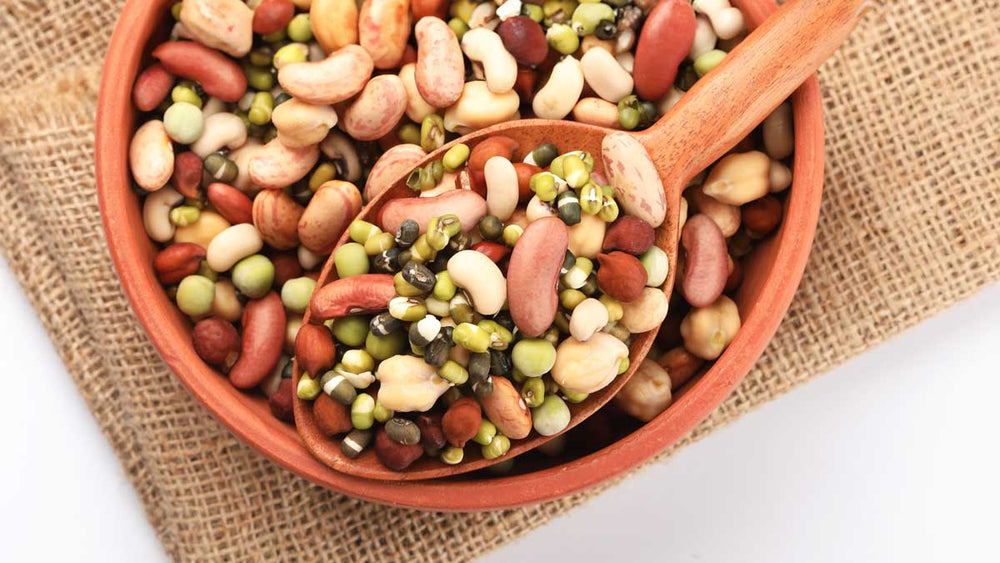
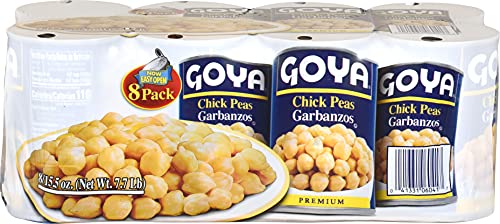
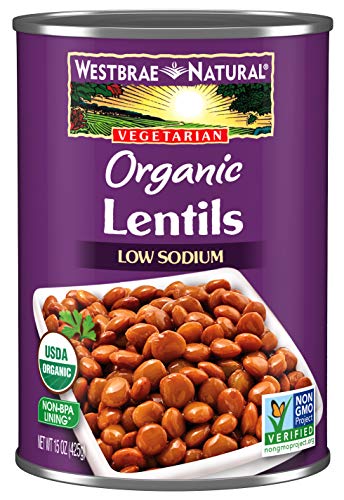
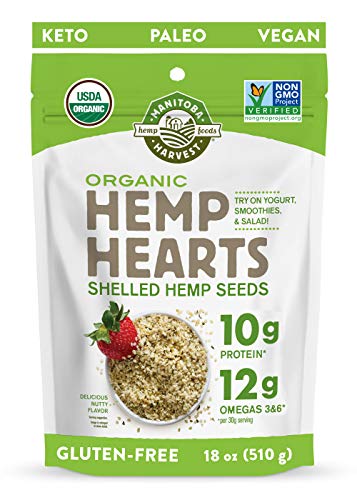






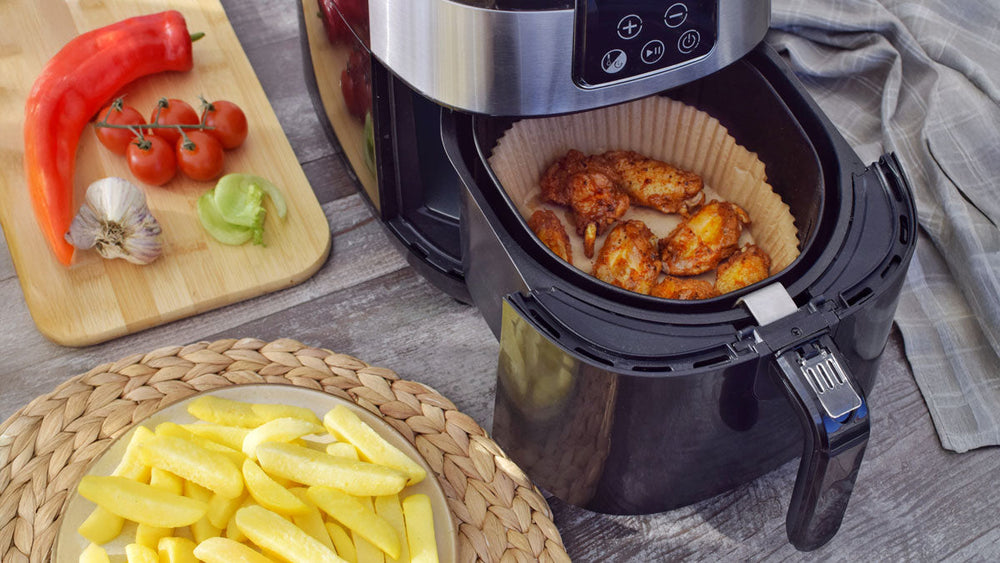

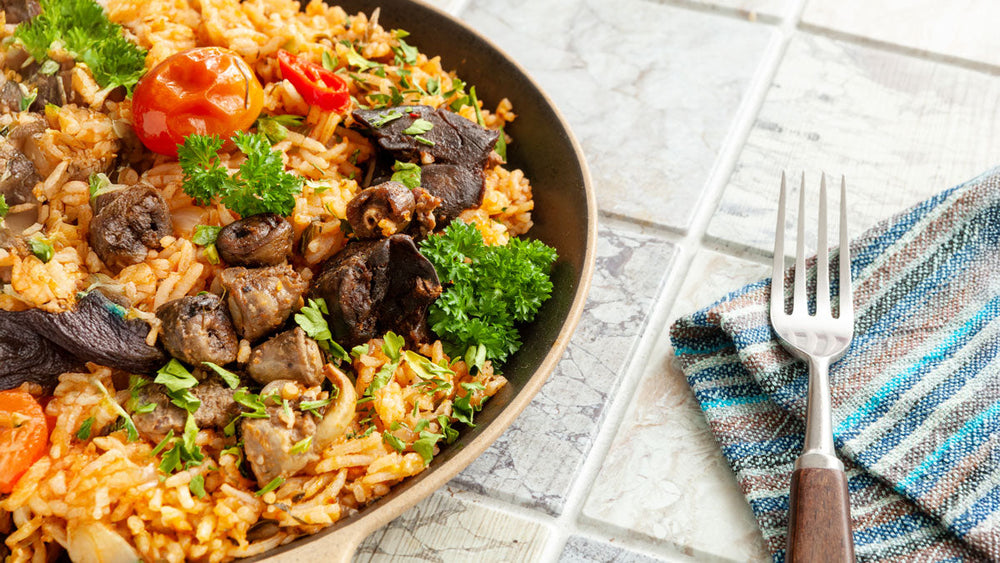







Comments
Join The Conversation...